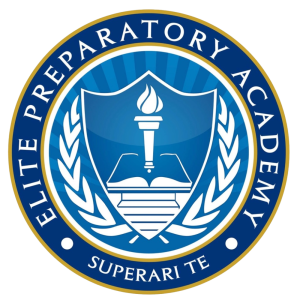Unit 13: Narrative Writing
Section outline
-
Objective:
Students will write narratives that develop real or imagined experiences using effective narrative techniques.
Task:
Write a short story using at least two narrative techniques (e.g., flashback, dialogue).
Outcome:
A 2-3 page short story that incorporates at least two narrative techniques.
Measurable Objective:
Students will:
- Use at least two narrative techniques (e.g., flashback, dialogue, pacing, foreshadowing, or characterization).
- Develop a clear plot with a beginning, middle, and end.
- Create characters, setting, and a conflict that drives the story forward.
Materials List:
- Notebook or Computer for brainstorming, drafting, and final writing.
- Pen or Pencil for writing and note-taking.
- Graphic Organizer/Plot Outline template (optional).
- Story Planning Worksheet (for organizing character, setting, conflict, etc.).
- Rubric for Evaluation (provided below).
- Examples of Narrative Techniques (e.g., short story samples or excerpts showcasing techniques like dialogue, flashback, etc.).
- Peer Review Worksheet (optional, for Day 9).
Evaluation Rubric
Criteria
4 (Excellent)
3 (Good)
2 (Needs Improvement)
1 (Unsatisfactory)
Narrative Techniques
Effectively uses two narrative techniques that enhance the story.
Uses two narrative techniques but one may be less effective.
Uses one or two narrative techniques, but they are weakly integrated.
Does not use narrative techniques or uses them incorrectly.
Plot and Structure
Clear, well-structured plot with a strong beginning, middle, and end.
Clear plot but may lack depth or strong development in one area.
Plot is unclear or lacks structure.
No clear plot or structure.
Character Development
Characters are well-developed and their actions drive the plot.
Characters are developed but may not be fully fleshed out.
Characters are underdeveloped and do not drive the plot.
No clear or engaging characters.
Grammar and Style
Virtually no errors in grammar, spelling, or punctuation.
Few minor errors in grammar, spelling, or punctuation.
Several errors in grammar, spelling, or punctuation.
Numerous errors that interfere with understanding.
Engagement and Creativity
Story is engaging, creative, and keeps the reader interested.
Story is engaging but could be more creative.
Story is somewhat engaging but lacks creativity.
Story is dull and does not engage the reader.
By completing this unit, students will develop their skills in narrative writing, including the ability to craft a compelling story with well-structured plot points and the integration of key narrative techniques.
